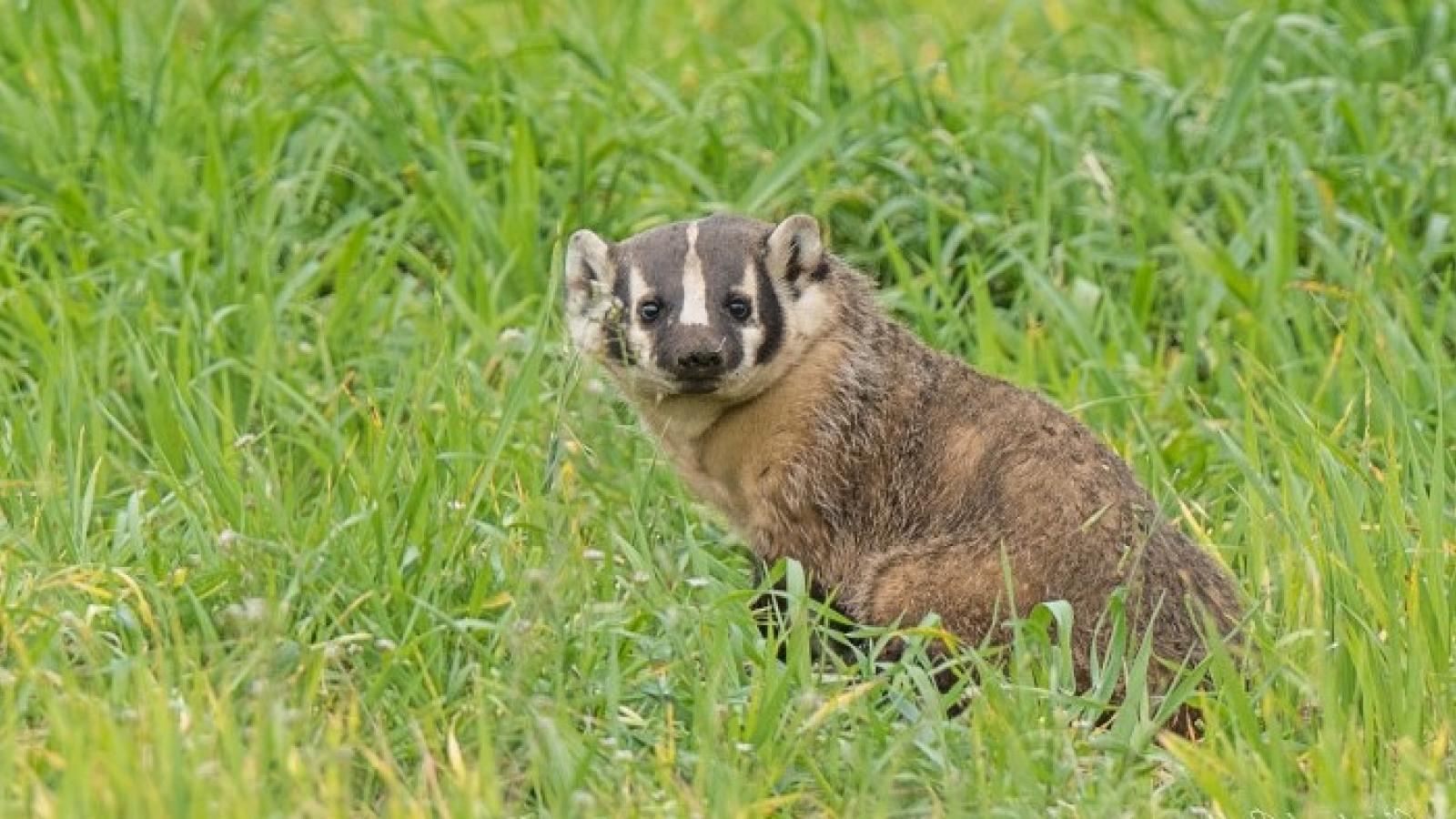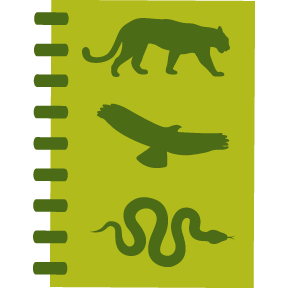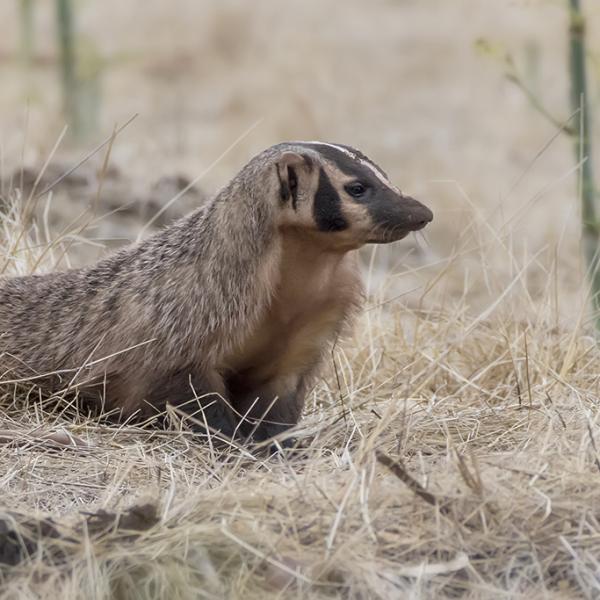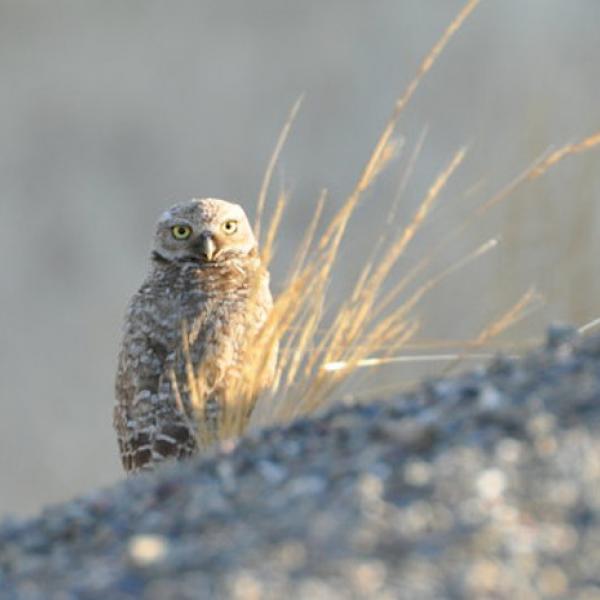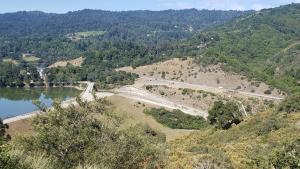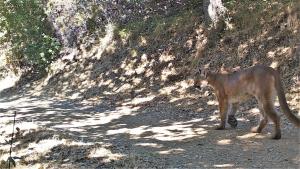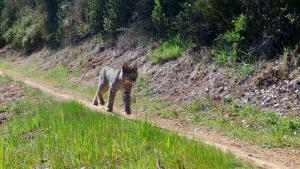We know that American badgers, a species of special concern in California, live in the grasslands of many Midpen preserves and that the burrows they make are often used as winter homes for burrowing owls. But what we don’t know is how large their population is, where they are located and where they travel (identifying wildlife corridors and habitat fragmentation). This information will help us make science-based decisions to manage our grasslands and coordinate with other landowners so these animals can survive and thrive. To make this happen, Midpen is conducting a three-year badger and burrowing owl habitat study, which began in 2019.
As of August 2021, field work for this study is complete. Read the final report.
Natural Resources
Research

